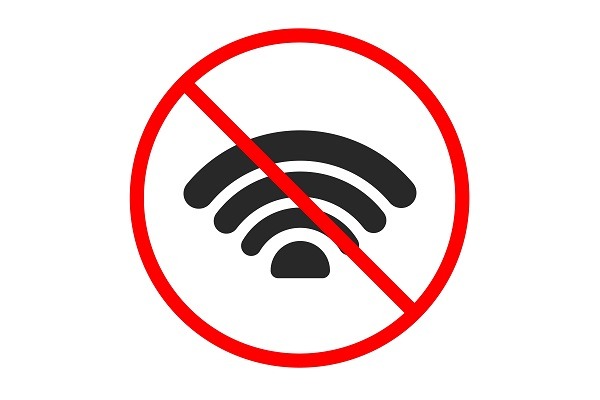Study: Just 55% of Africa can access internet
October 20, 2022

Surfshark has released an internet divide study, which is based on data from the annual digital wellbeing index (DQL 2022). The study reveals that people from lower-income countries have to work 3 times more than higher-income countries for 3 times slower internet.
In many of these countries, the internet is so slow that not even video calls are possible. Such internet inequality, combined with today’s inflation rates and political uncertainties, is taking people from lower-income countries on a downward spiral of economic hardship.
Surfshark’s analysis highlights that Africa experiences the sharpest internet divide, with just 55 per cent of the population having access to the internet (compared to 90 per cent in Europe). Even so, those with access experience deep inequalities in internet speed and affordability. As of 2022, the internet in Africa is 79 per cent less affordable than in Europe and 83% less affordable than in Oceania (the region with the most affordable internet).
Why the internet divide is a problem for lower-income countries
Surfshark’s Lead Researcher, Agneska Sablovskaja, commented: “People who can’t access the internet are cut off from the digital opportunities that people from higher-income countries have. Without internet access, people can’t study or work online, and they can’t grow their economy with digital exports The internet is also very slow in lower-income countries. Even if people from these countries can afford the internet, they still face limitations in what they can do. For instance, internet speeds in lower-income countries make it very difficult to make video calls.”
Mobile internet divide
People from lower-income countries have to work approximately 11 minutes more than higher-income countries to afford 1GB of mobile internet that is 49 Mbps slower:
- Lower-income countries work 17 minutes for 1 GB of mobile internet with 26 Mbps.
- Higher-income countries work 6 minutes for 1 GB of mobile internet with 75 Mbps.
26 Mbps — the average mobile internet speed in lower-income countries — is 3 times slower than in higher-income countries and creates limitations in what people can do online. For instance, 26 Mbps may be enough for streaming a movie, but it’s not enough for a video call (which requires 50 Mbps).
Broadband internet divide
The situation with broadband internet is no better – lower-income countries work 8 hours more than higher-income countries to afford a fixed broadband plan that is 83 Mbps slower:
